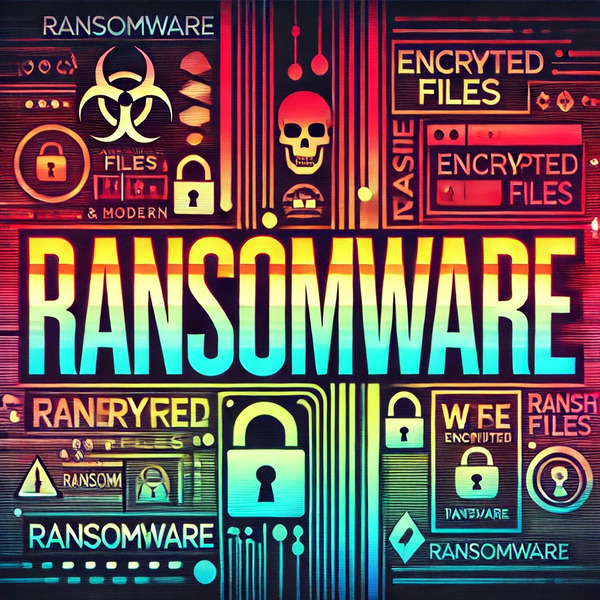Ransomware attacks on financial institutions have been on the rise, with 2024 seeing an average loss of $6.08 million globally due to such cyberattacks. This marked a 10% increase from the previous year, indicating a troubling trend of escalating cybercrime affecting the financial sector. Security experts from Hunt.io conducted an analysis that not only highlighted the significant financial damage caused by these attacks but also unveiled a new and alarming shift in tactics employed by cybercriminals, a trend that has continued into 2025.
One of the key changes in cybercriminal tactics is the emergence of double extortion techniques. Rather than just encrypting data and demanding ransom for its release, hackers are now stealing sensitive data and threatening to expose or sell it if the ransom is not paid. This added pressure on victims heightens the stakes of ransomware attacks, making it more challenging for financial institutions to navigate these threats. Additionally, the use of Distributed Denial-of-Service (DDoS) attacks in conjunction with ransomware has become more prevalent in 2025. These attacks flood the victim’s network with traffic, causing disruptions that further impede the institution’s operations and recovery efforts.
The impact of these advanced cyberattacks extends beyond immediate financial losses. Financial institutions face complex challenges in responding to these breaches, including identifying and containing the attack, ensuring regulatory compliance, and restoring compromised systems. Non-compliance with regulations can result in fines and legal consequences, adding to the already significant financial burden imposed by ransomware attacks.
Phishing remains a primary vector for ransomware infections, with attackers exploiting human error to gain access to sensitive systems. Despite the presence of cybersecurity measures, a single employee’s mistake can lead to widespread infection, underscoring the need for ongoing employee training and awareness programs.
Financial institutions are attractive targets for hackers due to the value of the data they possess. Customer information, transaction records, and proprietary financial data make these institutions prime targets for cybercriminals seeking to profit from stolen data. The sector’s perceived vulnerability, coupled with the urgency of the situation, often leads to compliance with ransom demands, making financial institutions lucrative targets for cyber extortion.
As ransomware attacks continue to evolve and become more sophisticated, financial institutions must invest in robust cybersecurity measures and proactive threat detection strategies to mitigate the risks posed by these cyber threats. The ongoing threat of ransomware attacks underscores the critical need for vigilance and preparedness in the face of evolving cyber threats in the financial sector.


